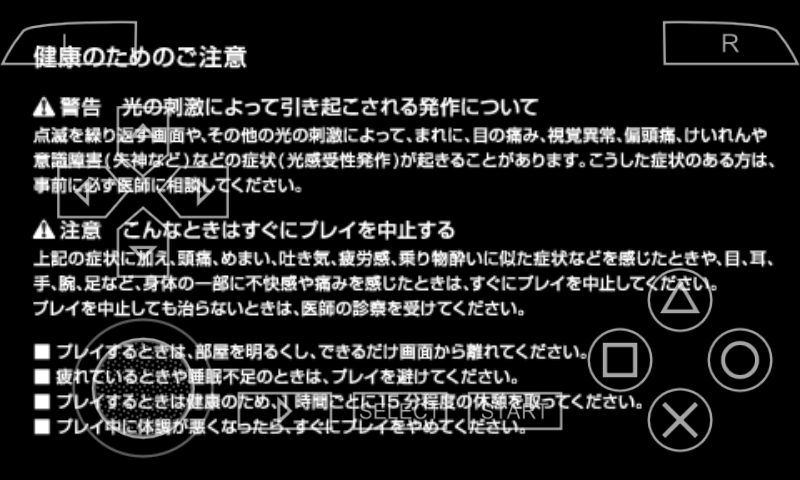Policy is a principle used in making decisions. This is a guideline for action. After the establishment of a policy, the next step is to implement it.
Monitoring of the implementation of public policies is carried out to assess whether the policy is in accordance with the expected objectives or not. Evaluation of public policy is carried out in several ways, namely
- the formulation of goals and objectives must be clear and specific
- there is no standard formula in the formulation and determination of criteria, so the criteria can be learned while doing the evaluation.
Criteria used in evaluating public policies
Equity and Fairness
Public policies can be tested with a variety of questions. Fairness in social perception and justice for the affected individual elements need to be explored. An example would be assessing the action of closing a business that causes air pollution versus job creation.
Economic efficiency
Public policy can be viewed from the angle of Pareto efficiency, which is the allocation of resources from an impossible condition – through changes in allocation – so as to reach a condition where one or several people experience better satisfaction without others being burdened.
Paternalism (paternal system)
Public policy can be evaluated from the assumption that the government is an entity that knows all existing social problems. In addition, the government also has the power to determine policy direction and make laws. For example, people do not have enough savings at retirement age, so the government needs to allocate social spending from its revenue to help the elderly population obtain benefits.
Freedom of choice (individual freedom)
Democratic principles encourage individual freedom in the economy, allowing voluntary exchange or promoting voluntary decision-making processes based on trade considerations that are free of transfer costs between transacting parties.
Stabilization
Public policy can be analyzed by assessing whether the policy taken can increase aggregate spending.
Trade-offs
In general, the emphasis on efficiency and equity as criteria in evaluating public policies may lead to substantial conflicts between some criteria. For example, a minimum wage policy may promote equity but may also need to be more efficient.
The criteria that can be used to evaluate a public policy are very diverse, not limited to what has been written above. Some of the above criteria can be used in the analysis and evaluation of public policies.



